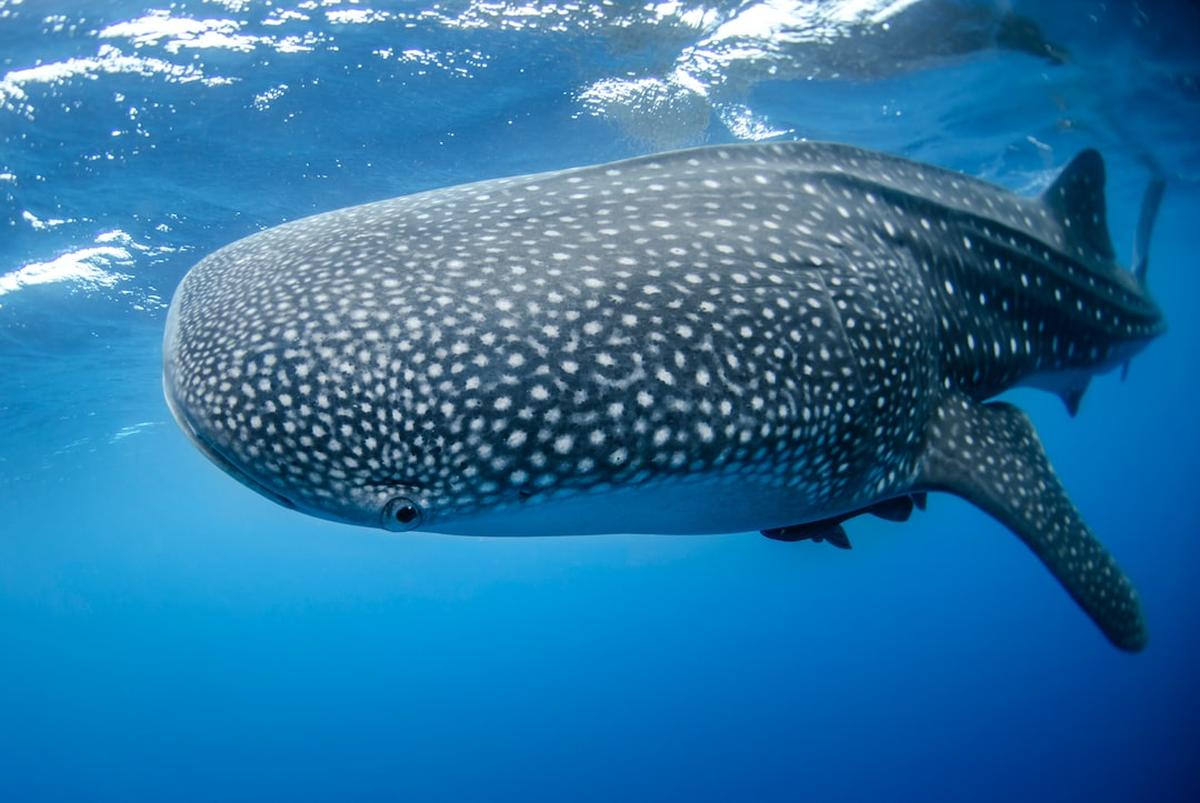Brief Overview of Galapagos Sharks
The Galapagos shark, scientifically known as Carcharhinus galapagensis, is a species of requiem shark that is known for its bold and curious nature. These sharks are medium to large in size, with a slender, streamlined body that is built for efficient swimming. Despite their name, Galapagos sharks are not exclusive to the Galapagos Islands but are found in warm, tropical waters worldwide.
Importance of Studying Shark Behavior
Studying shark behavior, particularly aggression levels, is crucial for several reasons. Firstly, it aids in understanding the overall ecosystem dynamics as sharks play a pivotal role as apex predators. Secondly, it helps in debunking myths and misconceptions about sharks, fostering a more balanced view of these often misunderstood creatures. Lastly, understanding shark behavior can inform conservation efforts and promote safer human-shark interactions.
Understanding Aggression in Sharks
Definition of Aggression in Marine Biology
In marine biology, aggression refers to behaviors that are intended to cause harm or assert dominance over another organism. This can include physical attacks, displays of strength, or territorial behavior. It’s important to note that aggression is a natural part of animal behavior and is often linked to survival and reproductive strategies.
Factors Influencing Shark Aggression
Shark aggression can be influenced by a variety of factors, including environmental conditions, availability of food, competition, and mating season. It’s also worth noting that aggression levels can vary significantly among different shark species.
General Behavior of Galapagos Sharks
Habitat and Distribution
Galapagos sharks are found in warm, tropical waters worldwide, with a preference for clear reef environments and offshore islands. They are known to inhabit both shallow and deep waters, often seen cruising near the ocean floor.
Social Structure and Interaction
Galapagos sharks are known for their social behavior. They often form large groups, especially around feeding times. These sharks have a hierarchical social structure based on size, with larger individuals typically dominating smaller ones.
Aggression Levels in Galapagos Sharks
Observations of Aggressive Behavior
While Galapagos sharks are known for their bold and curious nature, they are not typically aggressive towards humans unless provoked. They do, however, display aggression towards other sharks and smaller fish, especially during feeding times.
Comparisons with Other Shark Species
Compared to other shark species, Galapagos sharks are considered moderately aggressive. They are less aggressive than species like the great white or tiger shark but more so than the nurse or whale shark.
Factors Influencing Aggression in Galapagos Sharks
Environmental Factors
Environmental factors such as water temperature, salinity, and availability of prey can influence the aggression levels of Galapagos sharks. For instance, higher water temperatures can increase metabolic rates, leading to increased food demand and potentially more aggressive behavior.
Food Scarcity and Competition
Food scarcity and competition can also lead to increased aggression in Galapagos sharks. When food resources are limited, these sharks may become more competitive and aggressive in their attempts to secure a meal.
Mating and Reproduction
Mating season is another period when Galapagos sharks may display increased aggression. Males often engage in aggressive behaviors to compete for females, including biting and ramming.
Galapagos Sharks and Human Interactions
Frequency and Circumstances of Attacks
While Galapagos sharks are known for their bold and curious nature, attacks on humans are relatively rare. Most incidents occur when sharks are provoked or feel threatened, such as when they are cornered or harassed by divers.
Misconceptions about Shark Aggression
Many misconceptions about shark aggression stem from sensationalized media portrayals and a lack of understanding about shark behavior. In reality, sharks are not mindless killers but complex creatures with diverse behaviors and survival strategies.
Risk Assessment: How Dangerous are Galapagos Sharks?
Analyzing Reported Shark Attacks
Analyzing reported shark attacks can provide valuable insights into the circumstances and factors that contribute to these incidents. Most shark attacks on humans are not fatal, and many are cases of mistaken identity where the shark confuses a human for its usual prey.
The Role of Provocation in Shark Attacks
Provocation plays a significant role in many shark attacks. Actions such as harassing or cornering a shark can trigger defensive aggressive responses. Therefore, understanding and respecting shark behavior is crucial for safe human-shark interactions.
Conservation Implications of Shark Aggression
Impact of Fear on Conservation Efforts
Fear and misconceptions about shark aggression can hinder conservation efforts. Negative portrayals of sharks can lead to public apathy or even hostility towards conservation initiatives.
The Need for Balanced Information
Providing balanced, accurate information about shark behavior can help to dispel fear and misconceptions. This can foster a more positive public attitude towards sharks, aiding conservation efforts.
Strategies for Safe Human-Shark Interactions
Best Practices for Divers and Swimmers
Divers and swimmers can reduce the risk of negative shark encounters by following best practices such as avoiding areas with high shark activity, not provoking or cornering sharks, and refraining from feeding sharks.
Importance of Respect for Marine Life
Respect for marine life is fundamental for safe human-shark interactions. Understanding and respecting the behaviors and needs of sharks can help to prevent negative encounters and promote coexistence.
Conclusion
Summary of Key Points
Understanding the aggression levels of Galapagos sharks provides valuable insights into their behavior, ecology, and interactions with humans. While these sharks can display aggression, such behavior is typically linked to survival and reproductive strategies and is not indiscriminately directed towards humans.
The Importance of Continued Research
Continued research into shark behavior is crucial for improving our understanding of these fascinating creatures, informing conservation efforts, and promoting safer human-shark interactions. By fostering a more balanced view of sharks, we can work towards their conservation and coexistence with humans.
References:
- Baum, J. K., Myers, R. A., Kehler, D. G., Worm, B., Harley, S. J., & Doherty, P. A. (2003). Collapse and conservation of shark populations in the Northwest Atlantic. Science, 299(5605), 389-392.
- Burgess, G. H., Beckett, J. S., & Standora, E. A. (1988). Shark attack behaviour: observations on attacking sharks. National Geographic Research, 4(4), 455-469.
- Ritter, E., & Levine, M. (2004). Use of forensic analysis to better understand shark attack behaviour. Journal of Forensic Odonto-Stomatology, 22(2), 40-46.








